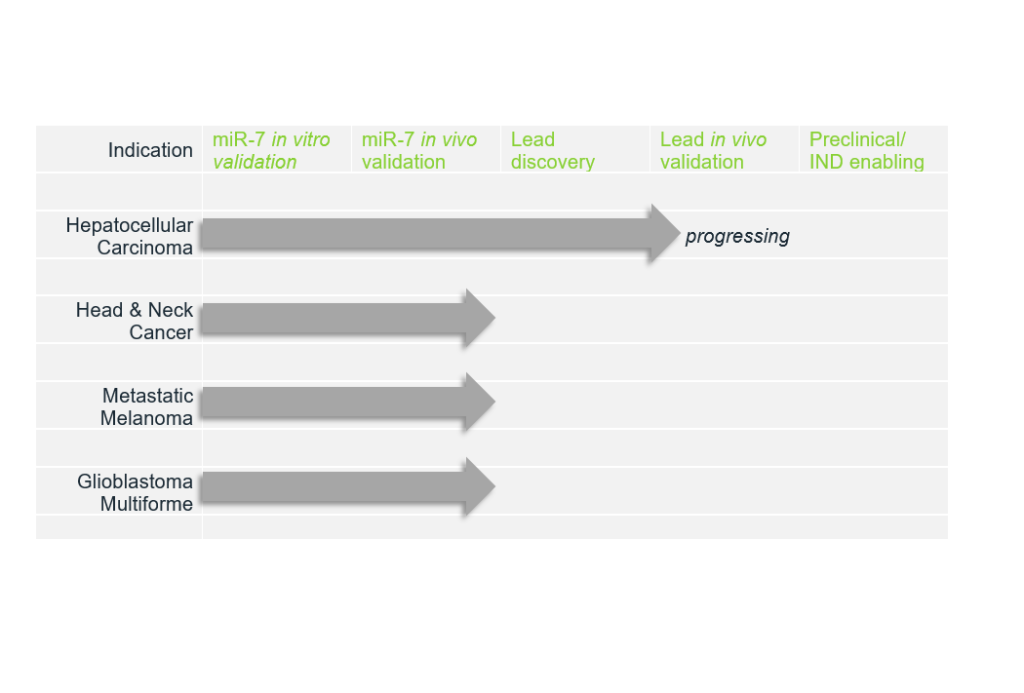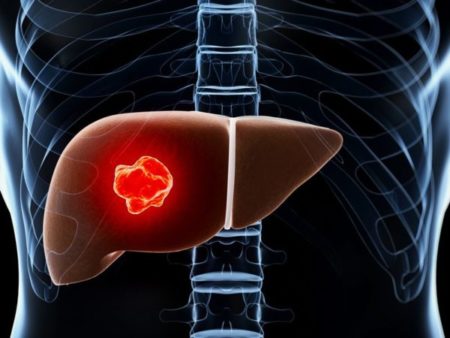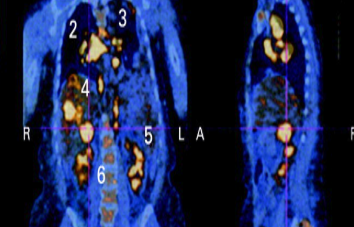Metastatic Melanoma

Melanoma, the most deadly form of skin cancer- A disease with unmet clinical need
Melanoma of the skin is the fourth most common cancer in Australia and remains a major health burden, with high rates of morbidity and mortality. Surgery is effective when the melanoma is detected early, but melanoma that has spread (metastasised) to lymph nodes or other organs has very few effective treatment options. In addition to surgery, advanced melanoma is commonly treated with:
+ Radiation
+ Chemotherapy
+ Targeted therapy against mutant BRAF (~50% of patients) and MEK (e.g. Tafinlar/Mekinist); and
+ Immunotherapy (eg. Keytruda, Yervoy, and Opdivo)
Despite advances in the field, the 3-year survival rate for metastatic melanoma remains only 21-45%, with low response rates and eventual treatment failure due to inherent or acquired resistance. Multiple mechanisms have been identified that contribute to targeted therapy resistance, including upregulation of the epidermal growth factor receptor (EGFR) signalling pathway and activation of NF-ĸB signalling. In addition, there is a significant cohort of patients for whom targeted therapies are not beneficial as they lack mutations in the MAPK pathway, and they would embrace new therapeutic options.
In contrast, the immunotherapies such as Yervoy and Opdivo have demonstrated significantly more durable responses, but in a smaller subset of patients. Combinations of these agents appear to be more effective than monotherapies, albeit at the cost of increased toxicity, and clinical trials combining targeted therapies with immunomodulators are also underway. Development of novel treatment combinations that can overcome resistance and can produce greater clinical efficacy remains a major goal for patients with advanced melanoma.
miR-7 and melanoma
Altered microRNA (miRNA) expression and function has been described in many cancers, including melanoma. In this context, we have characterised as a potential therapeutic – it is a potent tumor suppressor, and inhibitor of EGFR expression and downstream signalling pathways (especially P-Akt). Although melanoma is not typically driven by EGFR signalling, resistance to targeted therapies in melanoma is partially mediated by activation of this pathway. Further, multiple reports indicate that miR-7 expression is downregulated in metastatic melanoma compared with matched primary melanoma. We have shown that miR-7 is a potent inhibitor of melanoma cell proliferation and metastasis in part through suppression of RelA/NF-ĸB signalling. These proof-of-concept data will pave the way for exploring the potential of mRx-7 to treat metastatic melanoma.






